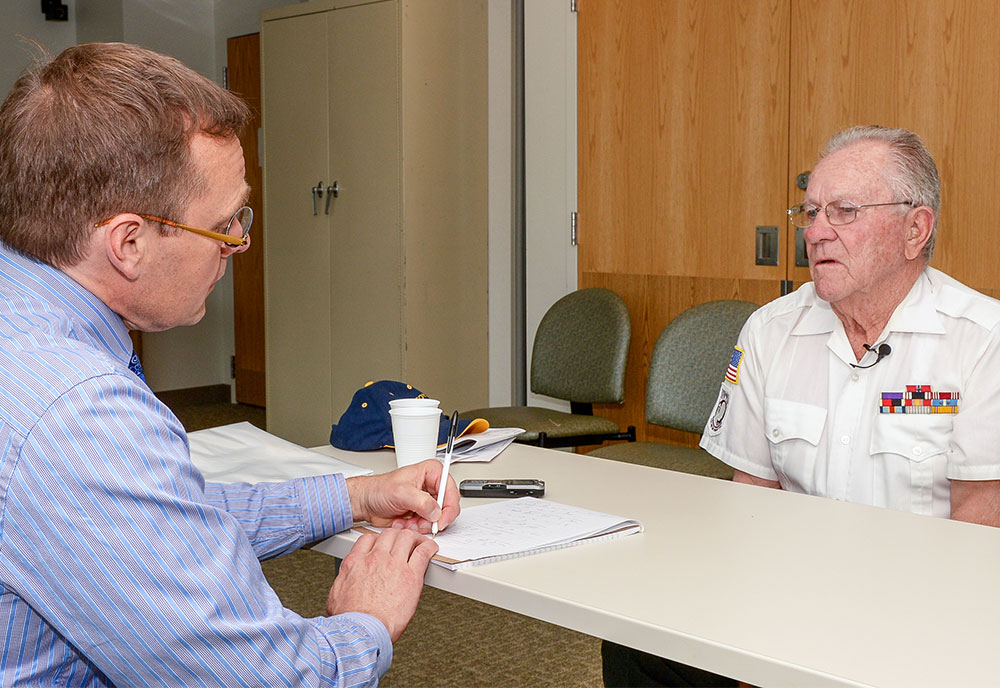University of Wisconsin
See the following -
EHR Tasks Take Up Half of the Primary Care Physician’s Workday
It’s practically become a mantra in healthcare: EHRs take up too much of physicians’ time. But just how much time do doctors spend on EHR-related tasks? A new study out of the University of Wisconsin and the American Medical Association dug deeper. From 2013 to 2016, researchers analyzed 142 family medicine physicians, all of whom used an Epic EHR, at a system in southern Wisconsin. All data was captured via EHR event log data during clinic hours (8:00 a.m. to 6:00 p.m. Monday through Friday) and non-clinic hours...
- Login to post comments
Providers Spend More Time in Front of Computers than Patients, Study Concludes
 Primary care physicians spend more than half of their workdays in front of computer screens, reducing the amount of time they spend with patients, according to a new study by the University of Wisconsin and the American Medical Association (AMA). During a typical 11.4-hour workday, primary care physicians spent an average of 5.9 hours on data entry and other tasks with electronic health records (EHR) systems during and after clinical hours, researchers found...
Primary care physicians spend more than half of their workdays in front of computer screens, reducing the amount of time they spend with patients, according to a new study by the University of Wisconsin and the American Medical Association (AMA). During a typical 11.4-hour workday, primary care physicians spent an average of 5.9 hours on data entry and other tasks with electronic health records (EHR) systems during and after clinical hours, researchers found...
- Login to post comments
Type & Click Tasks Drain Half the Primary Care Workday
 Primary care physicians spend more than half of their workday at a computer screen performing data entry and other tasks with electronic medical records (EHRs), according to new research from experts at the University of Wisconsin and the American Medical Association (AMA). Based on data from EHR event logs and confirmed by direct observation data, researchers found that during a typical 11.4-hour workday, primary care physicians spent nearly six hours on data entry and other tasks with EHR systems during and after clinical hours. The study was published today in the Annals of Family Medicine...
Primary care physicians spend more than half of their workday at a computer screen performing data entry and other tasks with electronic medical records (EHRs), according to new research from experts at the University of Wisconsin and the American Medical Association (AMA). Based on data from EHR event logs and confirmed by direct observation data, researchers found that during a typical 11.4-hour workday, primary care physicians spent nearly six hours on data entry and other tasks with EHR systems during and after clinical hours. The study was published today in the Annals of Family Medicine...
- Login to post comments
Veterans Adding Life Story to Medical Records
 “Doctors don’t generally have time to listen to your life story,” said Eileen Ahearn, a psychiatrist at Madison who launched the “My Life, My Story” program in March 2013. “But they do have time to read a one or two page summary in your medical chart. It helps them understand who it is they’re treating. You’re no longer just a collection of symptoms. You’re a human being.” Ahearn remembers reading the life story of a patient she was about to begin treating for chronic depression.
“Doctors don’t generally have time to listen to your life story,” said Eileen Ahearn, a psychiatrist at Madison who launched the “My Life, My Story” program in March 2013. “But they do have time to read a one or two page summary in your medical chart. It helps them understand who it is they’re treating. You’re no longer just a collection of symptoms. You’re a human being.” Ahearn remembers reading the life story of a patient she was about to begin treating for chronic depression.
- Login to post comments